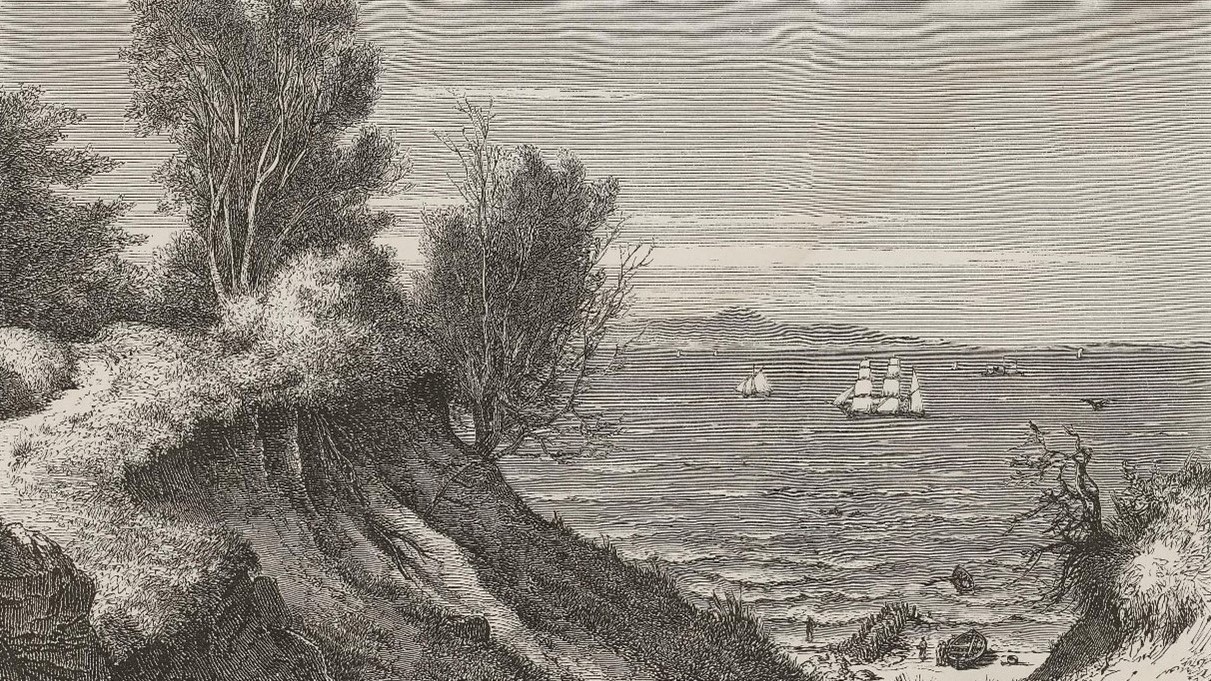Economic historians have previously described early modern monetary policy as driven by domestic factors, such as fiscal mandates or domestic monetary disruptions. LSE PhD student Víctor Pérez-Sánchez wants to rethink early modern monetary policy. His research finds that changes in the monetary policy of Castile explain the timing of currency devaluation in most other European countries. This evidence supports the idea that international factors determined early modern monetary policy.
Many economic historians have interpreted early modern monetary decisions as fiscal policy or as a response to capricious bullion markets. But these explanations struggle to explain the timing of currency devaluations. My research rethinks early modern monetary policy and argues that international tiggers determined monetary policy decisions rather than domestic factors. Castile acted as the international leader. Their monetary decisions determined the monetary policy of other Europe states.
Castile was different
The Castilian currency regime issued a full-bodied token copper coinage (vellon) for domestic circulation, while maintaining its silver currency (real) for international circulation. England, France, and Sweden tried to implement similar regimes, but their attempts all failed.
Thanks to their innovative currency regime, Castile solved what scholars have called the problem of small change. While other countries relied on silver debasements to provide small denomination commodity currency for everyday commercial activity. Castile used its copper coinage as a fiat currency in domestic markets. This allowed Castilian silver currency to remain a commodity currency and the standard for international exchange without any debasements for nearly two hundred years.
How Castile Led
My research examines the relationship between the timing and size of changes in international currency values for six major European nations, including Castile, from 1575 to 1675. The findings suggest that European states reacted to Castile’s monetary policy.
Changes to the value of Castile’s copper currency preceded the silver debasements of French, Portuguese, Dutch, and Italian silver coinages. The foreign currency markets (fairs and bourses) transmitted Castilian monetary policy to the monetary authorities of other states. Monetary changes on the copper token currency affected the international value of Castile’s silver coinage in terms of gold and foreign currencies. European states perceived a change in Castile’s exchange rate as a signal to undertake monetary devaluations in their currencies.
The knock-on effects of changes to Castilian monetary policy varied by the type of monetary change enacted by Castile and who the responding nation was. France and Portugal reacted to changes in Castilian copper coinage’s face value. The Dutch Republic and Italian cities reacted to changes in the face value and production of Castilian copper coinage. My analysis found England to be an outlier. English monetary policy never reacted to Castilian monetary policies. Heterogeneous access to information and each country’s predominant economic thinking – and aversion to inflation– explain the difference in policy decisions across nations.
Conclusion
Other sovereign nations perceived Castile as a state with privileged information and credible silver currency. I argue that this perception meant that the monetary decisions of Castile influenced the monetary policies of other European states. Castile acted as the first mover by modifying her token currency. Other European states reacted to Castile’s monetary policy decisions by devaluing their silver ones.
Click on the poster image to enlarge.
 Victor Perez Sanchez, Department of Economic History, LSE
Victor Perez Sanchez, Department of Economic History, LSE



